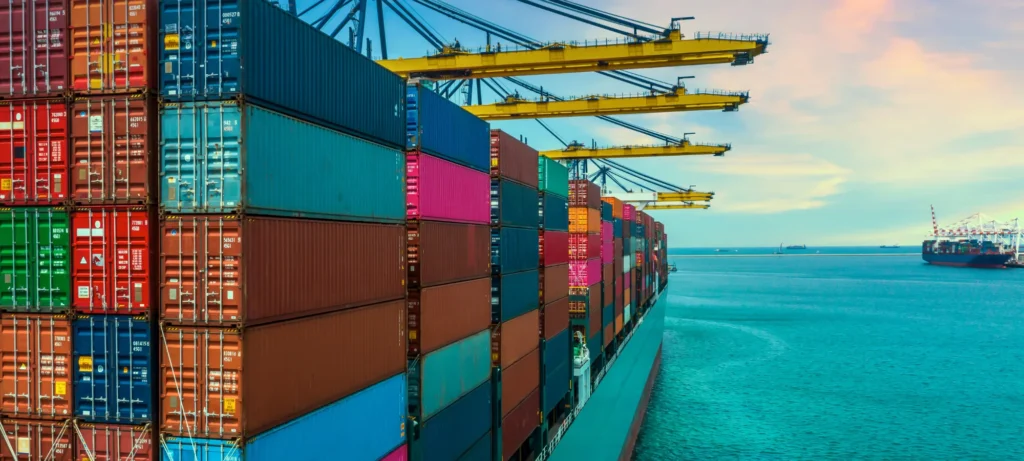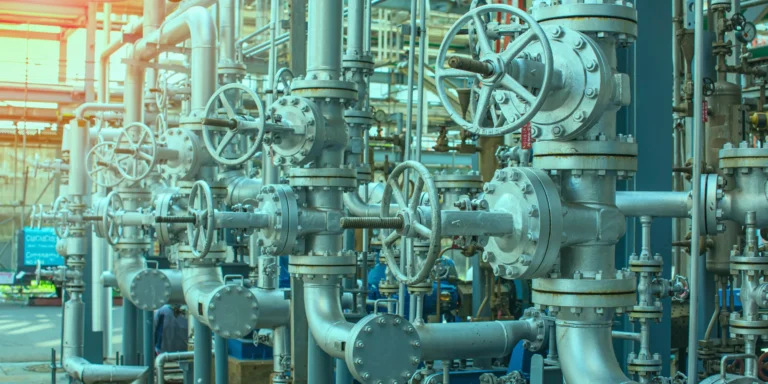Green methanol is gaining attention as a renewable alternative to fossil-based fuels, especially in shipping and the chemical industry. While methanol has long been used as a fuel and chemical feedstock, its conventional production relies heavily on fossil fuels. Green methanol is made from renewable hydrogen and captured carbon dioxide, and offers a climate-friendly path forward.
In this article we’ll explain what green methanol is, how it differs from conventional methanol, and what project developers should consider when planning their project. We also explore the main advantages and limitations of this emerging fuel.
What is green methanol?
Methanol is a type of alcohol primarily used in industry, both as a fuel and as a base ingredient for producing a wide range of chemicals, including plastics, formaldehyde, and synthetic materials. Today, most methanol is produced from fossil fuels, making it a high-emission input despite its versatility.
Green methanol, by contrast, is produced using renewable inputs. There are two main production pathways:
- Biomass-based methanol, which uses organic materials through fermentation.
- E-methanol, which is produced by combining green hydrogen (from electrolysis powered by renewable electricity) with carbon dioxide captured from biogenic or circular sources, such as biomass combustion or direct air capture.
While both are considered “green,” the e-methanol pathway is receiving the most attention for large-scale industrial use, especially in sectors like shipping where fuel decarbonization is now a regulatory priority.
What makes e-methanol different from conventional methanol?
The key difference lies in the carbon footprint. Conventional methanol relies on fossil feedstocks, contributing to greenhouse gas emissions. Green methanol eliminates this by sourcing its inputs, hydrogen and CO₂, from renewable or recycled sources.
Functionally, green methanol behaves just like fossil methanol. It’s a liquid at room temperature, it has a relatively high energy density, and it can be stored and transported using similar infrastructure. That compatibility is part of what makes it such a strong candidate for rapid adoption in certain industries.
Why the shipping industry is paying attention
One of the main drivers behind the rising interest in green methanol is the decarbonization of maritime transport. Large vessels today run almost entirely on fossil fuels. But under the EU’s FuelEU Maritime regulation, that is part of the broader Fit for 55 climate package, ships will be required to reduce greenhouse gas emissions from their fuel supply by 6% in 2030 and by 80% in 2050.

Green methanol is one of a few fuels being considered for this transition. Compared to options like ammonia or synthetic methane, methanol stands out for being a liquid at ambient conditions, making it easier to handle. Ships can also be retrofitted with dual-fuel engines that use methanol alongside conventional fuels. This reduces the upfront risk and allows for a gradual transition as fuel availability scales up.
Major shipping companies have already announced plans to explore green methanol, with some even ordering methanol-ready vessels. While many questions remain about future supply and cost, the early signals from the maritime sector are clear: interest is growing.
Key considerations when planning a green methanol project
For project developers exploring green methanol production, several factors are critical from the outset:
Offtaker
Offtake certainty is arguably the most important. Identifying and engaging with future buyers helps shape the entire project strategy. These buyers are often shipping companies, and their preferences, contract timelines, and willingness to commit to long-term agreements all play a role in project feasibility.
Location
Producing green methanol requires two major inputs: low-cost renewable electricity and a stable source of carbon dioxide. Regions with high solar or wind potential, and access to biogenic CO₂ or industrial capture opportunities, are ideal. If targeting the shipping industry, proximity to port infrastructure also matters.
Technical compatibility
Methanol synthesis is not highly flexible: it generally operates best under steady conditions. That means the upstream electricity and CO₂ supply must be consistent, or at least manageable through storage and buffering.
Energy and heat integration
Finally, you should look at energy and heat integration. Methanol synthesis generates significant waste heat, and there may be opportunities to use that heat in purification steps or to improve overall system efficiency. Modeling these interactions early on can make a meaningful difference to project economics.
Advantages and challenges of green methanol
The appeal of green methanol lies in its practicality. It can be transported, stored, and handled using existing infrastructure. It fits into current ship engine designs. It offers a high energy density compared to gaseous fuels like hydrogen or synthetic natural gas. And it’s already familiar to many industrial users.
But the challenges are real. Green methanol is still expensive to produce compared to fossil fuels. Infrastructure for supply and distribution is not yet widespread. And sourcing renewable CO₂ at scale remains a bottleneck, especially as regulations tighten around what counts as “green.”
There’s also competition. While methanol has clear strengths, other e-fuels like ammonia are also being explored, and long-term adoption will depend on how quickly technologies mature, how costs evolve, and how regulatory frameworks shape demand.
Outlook
Forecasts vary widely, but some estimates suggest e-methanol could supply 10 to 40 percent of global maritime fuel demand by 2050. Much will depend on infrastructure investment, policy certainty, and the speed of adoption among key industry players.
For now, the momentum is building. Several first-of-a-kind projects are already in development, and large-scale production is becoming a reality. Green methanol is not the only solution in the e-fuels landscape, but it’s one of the most tangible and technically ready.
For developers evaluating their options in early-stage projects, green methanol presents a compelling case: familiar handling, growing market interest, and real potential to play a role in industrial and maritime decarbonization.




